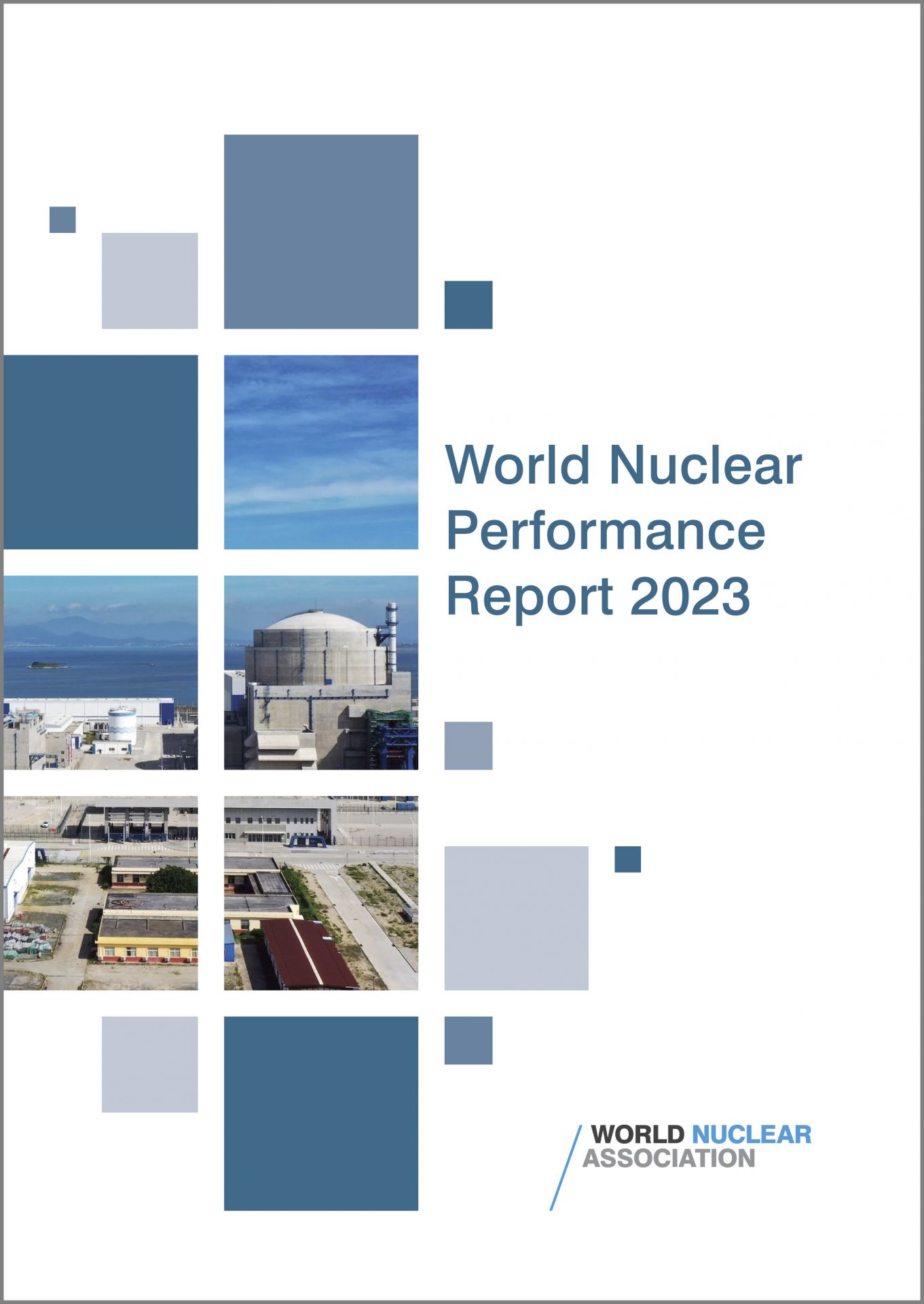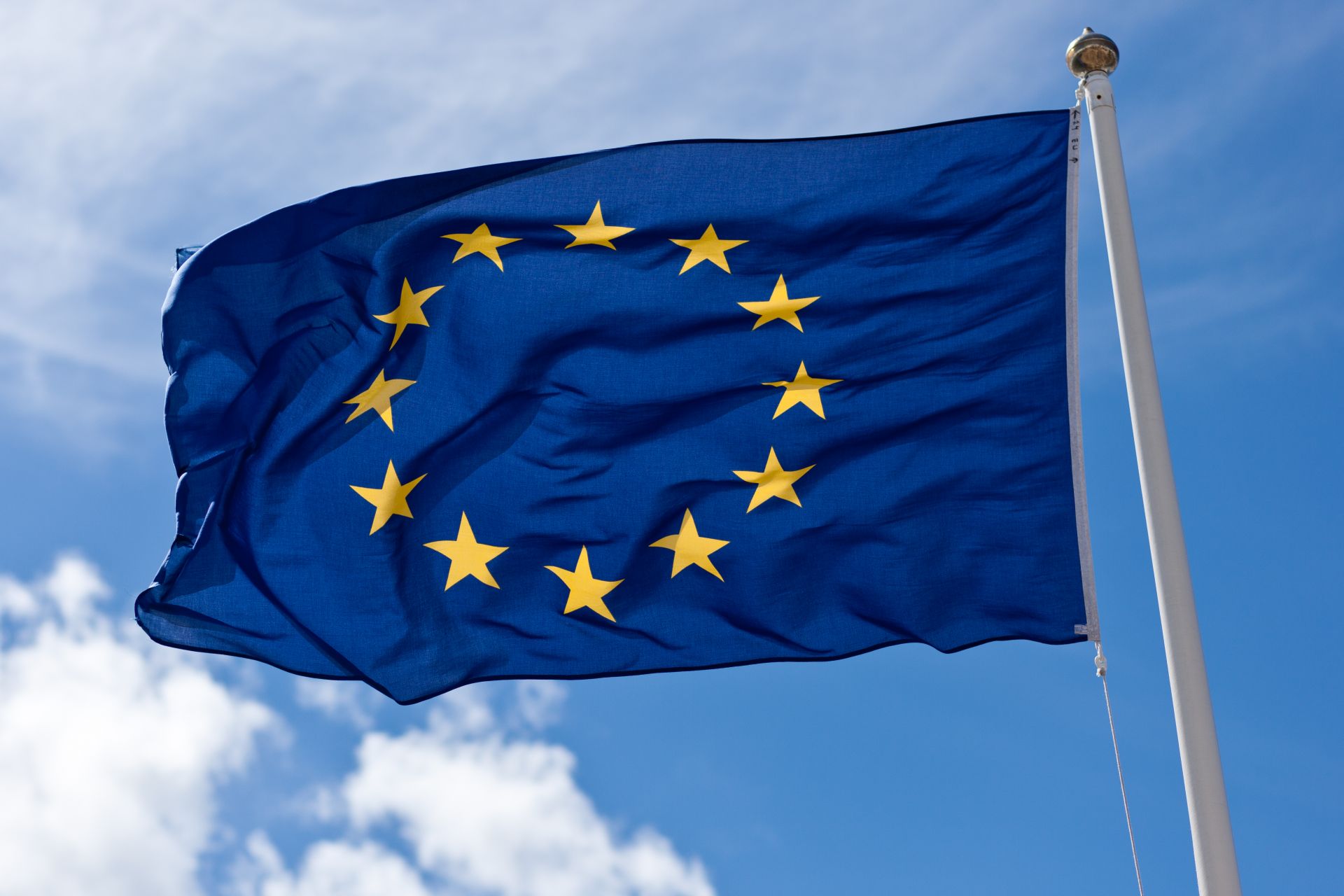The European Union flag. (Photo: Håkan Dahlström, Wikicommons)
In a much-anticipated vote yesterday, EU lawmakers voted down a resolution objecting to the European Commission’s proposal to add nuclear energy and natural gas to the list of green technologies covered by the EU taxonomy—the classification system used by the European Union to steer private investment toward environmentally sustainable economic projects.
The vote, held during the European Parliament’s July 4–7 plenary session, was 328 opposed to the resolution, 278 in favor, and 33 abstaining. An absolute majority—353 members—was required for the resolution to be passed and the proposal vetoed.
Finland’s Olkiluoto-3. (Photo: TVO)
Europe’s first EPR, Unit 3 at Finland’s Olkiluoto nuclear power plant, was connected to the nation’s grid on March 12, Teollisuuden Voima Oyj (TVO), the facility’s owner and operator, has announced.
Olkiluoto-3 is also the first new Finnish reactor in four decades, and one of only three new reactors in Europe in the past 15 years. (Romania’s Cernavoda-2 began supplying electricity to the grid in August 2007, and Belarus’s Belarusian-1 in November 2020.)
Barakah-1 (right) is now providing reliable and sustainable electricity around the clock. Photo: ENEC
Unit 1 at the United Arab Emirates’ Barakah nuclear power plant has entered commercial operation and is now providing “constant, reliable, and sustainable electricity around the clock,” the Emirates Nuclear Energy Corporation (ENEC) announced this morning. ENEC added that, as a result of the event, the company now leads the largest decarbonization effort of any industry in the UAE.



 According to the World Nuclear Association’s newly released
According to the World Nuclear Association’s newly released  In the newly released 2023 edition of
In the newly released 2023 edition of 
 The
The 
.jpg)



 A highly anticipated report released yesterday by the International Energy Agency on how to transition the world to a net-zero energy system by 2050 calls for “nothing less than a complete transformation of how we produce, transport, and consume energy.” At the same time, the report,
A highly anticipated report released yesterday by the International Energy Agency on how to transition the world to a net-zero energy system by 2050 calls for “nothing less than a complete transformation of how we produce, transport, and consume energy.” At the same time, the report, 








 A new report from the World Nuclear Association asserts that the nuclear sector provides more and better-paying jobs, as well as more highly trained jobs, than does the wind sector, and by a substantial margin. According to the 20-page report,
A new report from the World Nuclear Association asserts that the nuclear sector provides more and better-paying jobs, as well as more highly trained jobs, than does the wind sector, and by a substantial margin. According to the 20-page report,